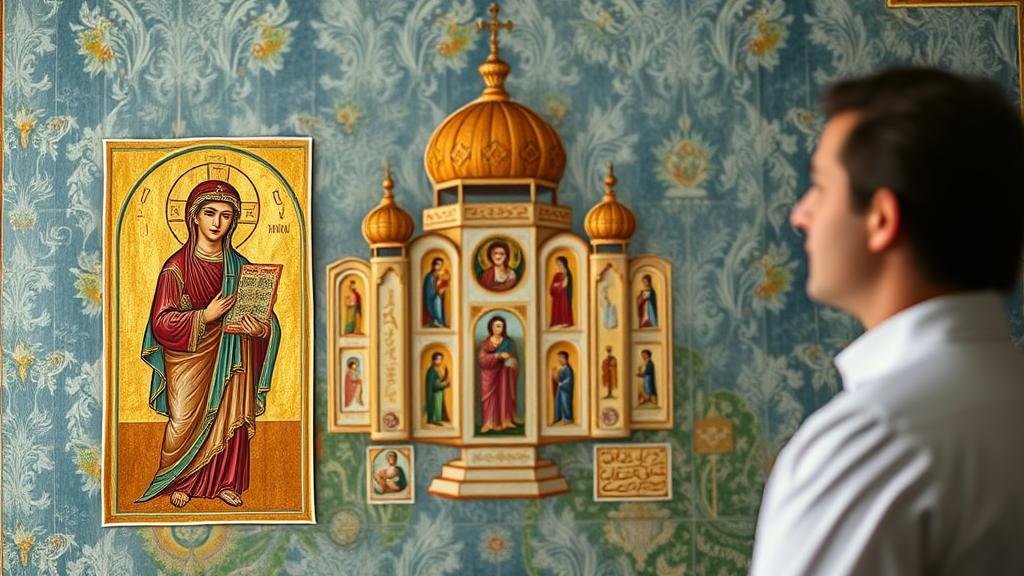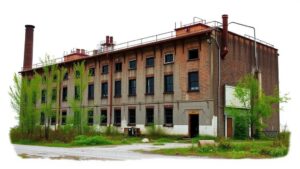The Role of Religious Iconography in Identifying Artifact-Rich Locations
The Role of Religious Iconography in Identifying Artifact-Rich Locations
Religious iconography serves a significant function in archaeological studies, particularly in identifying locations rich in artifacts. This article explores the interrelationship between religious symbols, iconography, and artifact distribution, shedding light on how these elements guide archaeologists in unearthing culturally and historically important sites.
Understanding Religious Iconography
Religious iconography refers to the visual images or symbols associated with a particular religion. This can range from sculptures and paintings to architectural motifs. Recognizing these images allows researchers to contextualize artifacts within cultural paradigms. For example, in Christianity, the cross is a prevalent icon, while in Hinduism, the Om symbol holds profound significance.
- Christianity: The cross, fish, and various saints serve as guiding beacons.
- Hinduism: Symbols like the lotus flower and the use of mandalas.
- Buddhism: The Dharma wheel and the bodhi tree are central icons.
Historical Context and Artifact Distribution
Artifacts are typically unearthed in contexts that reflect the religious and cultural practices of a society. For example, the discovery of a plethora of figurines resembling deities in the Indus Valley sites (circa 3300-1300 BCE) indicates the area’s rich spiritual life and its significance in the artifact distribution pattern.
In Mesoamerica, sites like Teotihuacan feature numerous murals and pyramids adorned with religious iconography. e visuals not only depict gods and significant cosmological events but also reveal the locations status as a ritual hub, directing archaeologists to investigate further.
Specific Case Studies
Several case studies effectively illustrate the role of religious iconography in artifact identification:
- The Parthenon, Greece (447-432 BCE): The religious iconography associated with the temple dedicated to Athena has helped archaeologists ascertain the political and cultural dominance of Athens in ancient Greece.
- The Great Mosque of Samarra, Iraq (850 CE): The architectural iconography reflects Islamic principles and has led to significant findings about the Abbasid Caliphate’s influence in the region.
- The Temple of Karnak, Egypt (circa 2055-1000 BCE): Iconographic studies of the temples relief carvings have resulted in insights into religious practices and the material culture of ancient Egyptians.
Statistical Evidence of Iconography’s Impact
A study conducted by the Archaeological Institute of America noted that sites with identifiable religious iconography yielded artifacts at a rate 40% higher than non-iconographic sites. This correlation suggests that religious significance often correlates with higher artifact density, offering a reliable heuristic for archaeologists.
Challenges and Considerations
While religious iconography serves as a crucial marker for locating artifact-rich sites, several challenges exist:
- Interpretation Ambiguity: The meaning of certain symbols might vary across time and cultures.
- Destruction and Deterioration: Many religious sites have been lost to time, war, or natural disasters, complicating efforts to study them.
- Ethical Implications: Excavating religious sites raises questions about the preservation of sacred spaces and community sentiments.
Conclusion
To wrap up, religious iconography plays a vital role in identifying artifact-rich locations across various cultures and historical periods. By understanding the symbols and their contexts, archaeologists can better navigate the complexities of artifact distribution. As demonstrated by key case studies and statistical evidence, an awareness of religious iconography enhances the potential for discovering significant archaeological finds. Moving forward, there is a need for ongoing research that addresses the challenges while expanding our understanding of the past through interdisciplinary collaboration.
Actionable Takeaways
- Use religious iconography as a preliminary research tool when planning archaeological digs.
- Document all findings meticulously to contribute to the broader understanding of cultural practices.
- Engage with local communities to gain insights into their historical narratives and facilitate responsible excavation practices.


